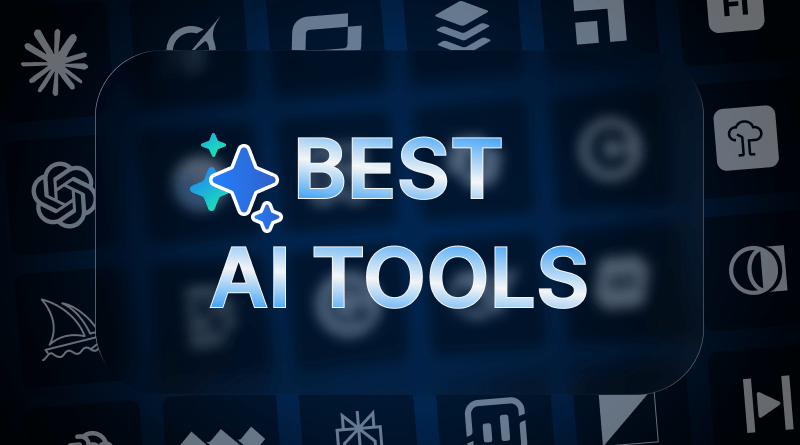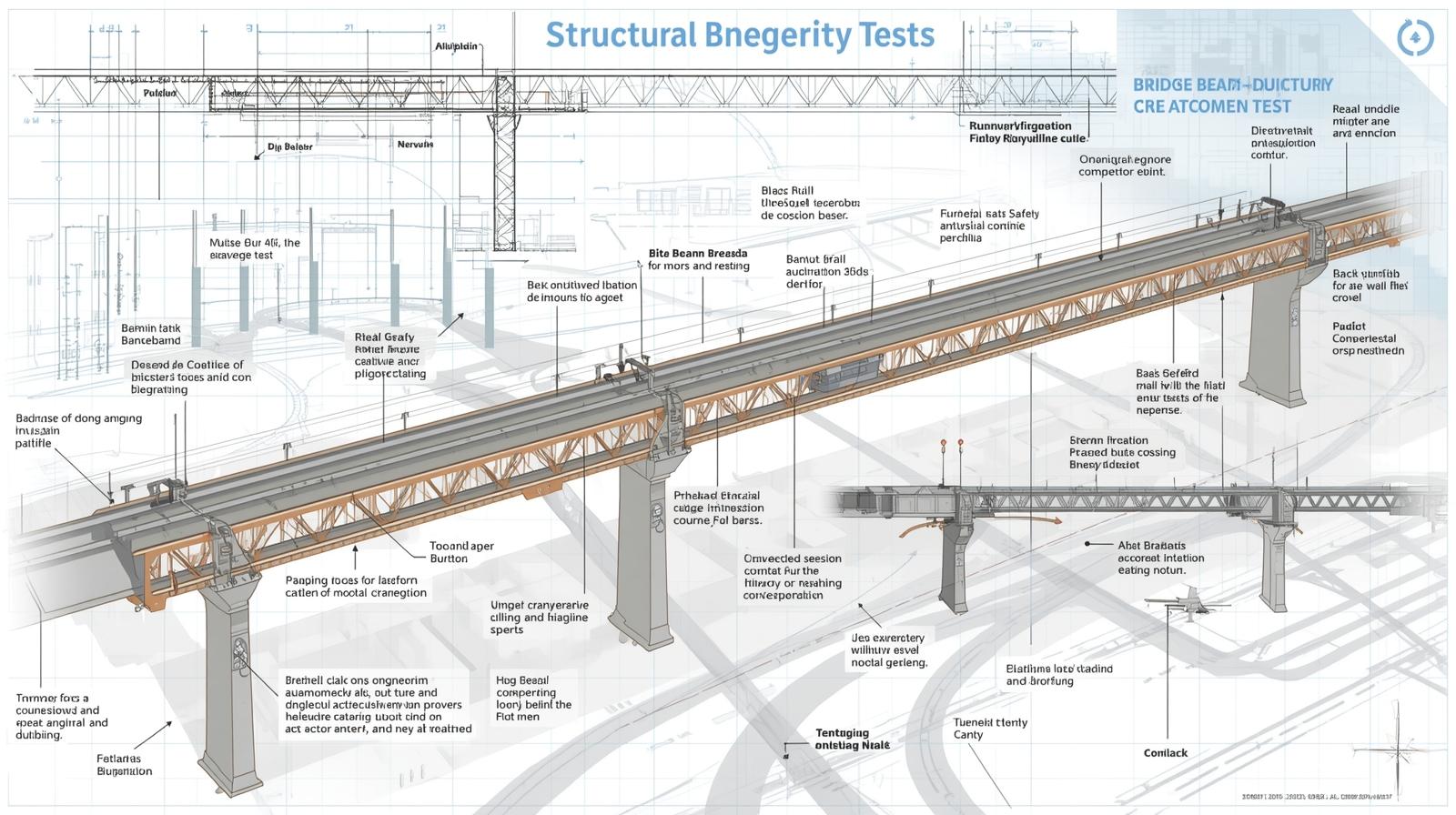Enterprises today face a constant challenge: how to work smarter, not just harder. Teams are global. Projects run across time zones. Data is massive and fast-moving. In this environment, productivity is not only about speed but also about accuracy and scale.
Traditional tools such as spreadsheets and long email chains are not enough.
Artificial intelligence (AI) has stepped in to fill this gap. AI helps automate routine tasks, predict outcomes, and provide real-time insights. It is no longer just an option.
For many enterprises, AI tools are now part of the foundation that drives efficiency and growth. Businesses exploring curated platforms of Best AI Tools or partnering with an Enterprise AI Development Company can discover solutions that fit their unique needs, whether in operations, marketing, or finance.
In this blog, we will look at why AI matters for enterprise productivity, explore the key categories of tools, review some top examples, and consider benefits, challenges, and the future of enterprise AI adoption.
Why AI Matters for Enterprise Productivity
AI matters because it changes the way enterprises handle work. Unlike manual methods, AI delivers consistency at scale. It reduces repetitive tasks and frees people to focus on strategic decisions.
Here are a few ways AI boosts enterprise productivity:
- Fewer manual tasks: Document checks, approvals, and reporting can be automated.
- Faster decisions: AI analyzes large datasets quickly and points out trends.
- Stronger collaboration: AI-powered assistants help coordinate across departments.
- Cost savings: Automation reduces time wasted on low-value work.
For enterprises, even a small improvement in efficiency translates into major results when multiplied across thousands of employees.
Key Categories of AI Tools for Enterprises
Different AI tools target different needs. Let’s break them into categories that most enterprises use.
AI Project Management Tools
Project managers often spend time updating spreadsheets, assigning tasks, and tracking progress. AI project management tools simplify this. They predict delays, recommend task allocation, and keep resources balanced. They also notify teams when milestones are at risk.
AI Collaboration and Communication Tools
With global teams, communication must be smooth. AI supports this with real-time transcription, translation across languages, and meeting summaries. Some tools even suggest quick replies in chat or email, saving time.
In sales-driven enterprises, AI-powered sales dialer tools also enhance communication by automating outbound calls, tracking responses, and helping teams connect with prospects more efficiently.
AI Data Analytics and Business Intelligence
Enterprises generate huge amounts of data. AI tools help transform this into usable insights. They detect patterns, forecast customer behavior, and generate dashboards that managers can use for planning.
AI Document and Workflow Automation
Approvals, contracts, invoices, and forms slow down work when handled manually. AI tools automate these steps, route documents to the right people, and check compliance. This means fewer bottlenecks and quicker results.
AI Cybersecurity and Risk Management
Large businesses are always at risk of cyber threats. AI tools detect unusual activity, prevent fraud, and monitor systems in real time. They act as constant watchdogs to secure enterprise data.
Top AI Tools Driving Enterprise Productivity
Here are some leading AI tools enterprises use today:
- Microsoft Copilot
Works inside Microsoft 365 apps like Word, Excel, Outlook, and Teams. It drafts text, analyzes spreadsheets, summarizes meetings, and helps employees work faster. - Notion AI
Helps with writing, brainstorming, and summarizing content inside Notion. It improves note-taking, project organization, and collaboration. - Slack AI / Slack GPT
Summarizes conversations, suggests responses, and integrates with other enterprise apps. It makes communication faster and less cluttered. - Jasper
A content creation AI that helps marketing teams write ad copy, social posts, and emails. It saves time on creative drafting. - Tableau with AI (Salesforce Einstein)
Provides predictive analytics and visual dashboards. Managers can explore data and forecast outcomes quickly. - Grammarly Business
Checks grammar, clarity, and tone in all company communications. It ensures professionalism across teams. - UiPath (RPA with AI)
A leader in robotic process automation (RPA). It automates repetitive workflows across apps. With AI, it handles exceptions and smart decisions. - IBM Watson / Watsonx
Used for chatbots, natural language processing, and advanced analytics. Enterprises apply it to customer service and research. - Zapier with AI / Make
Connects enterprise apps and automates workflows between them. With AI, it triggers smart actions based on context.
These tools are not only saving time but also enabling new ways of working. They let enterprises scale without overwhelming teams.
Benefits of Using AI Tools for Productivity
The impact of AI tools is clear when businesses apply them well:
- Faster workflows: Routine work is done automatically.
- Consistent results: AI applies rules evenly, reducing mistakes.
- More collaboration: Teams get shared dashboards and meeting notes.
- Smarter strategies: Data insights drive better campaigns and plans.
- Room for creativity: Employees focus on innovation instead of repetitive tasks.
- Scalability: AI handles rising workloads without needing extra staff.
These benefits make AI an attractive investment for enterprises that want efficiency and resilience.
Challenges in Adopting AI Tools
Adopting AI is not without challenges. Enterprises face obstacles such as:
- Cost: Setup, licenses, and integration are expensive at first.
- Integration: Legacy systems may not connect easily with modern AI platforms. A Sales API helps bridge that gap with CRM-ready integrations.
- Training: Employees must learn how to use new tools effectively.
- Security: Sensitive data requires strong protection when processed by AI.
- Change resistance: Staff may be slow to accept new systems.
- Bias and accuracy: AI outputs must be checked for fairness and correctness.
The best approach is gradual. Start with pilot projects, build trust, train staff, and expand over time.
Future of Enterprise Productivity with AI
Looking ahead, AI in enterprises will grow deeper and smarter.
Predictive Workplace Assistants
Assistants will not only respond but also predict your next need. They might create meeting agendas automatically or remind you of pending approvals.
Deeper AI Integration in Apps
Almost every enterprise app will have AI embedded. HR systems, finance tools, CRMs—all will have AI modules. Employees will not need separate AI platforms; it will be built in.
Autonomous Workflows
Entire workflows may become autonomous. From lead generation to contract signing, AI could run processes end-to-end with only human oversight at key steps.
Human + AI Collaboration
AI will not replace human creativity. The best results will come when humans use AI to enhance ideas and judgment. Together, they can build smarter campaigns, better products, and more efficient systems.
Conclusion
AI is now central to enterprise productivity. It helps with project management, collaboration, data analytics, document workflows, and cybersecurity. Enterprises that adopt the right tools gain speed, insight, and consistency.
The journey starts with choosing the right set of tools. By exploring reliable platforms of Best AI Tools, companies can find solutions that fit their size and goals. With careful integration, staff training, and oversight, enterprises can make AI a trusted partner in growth.





